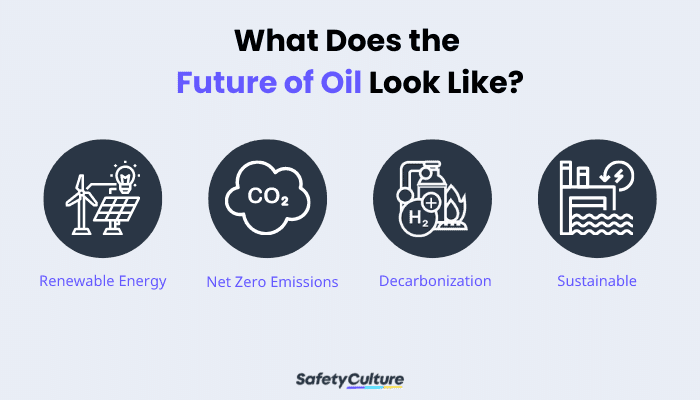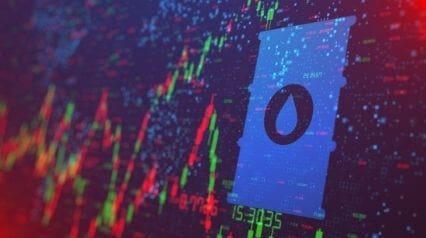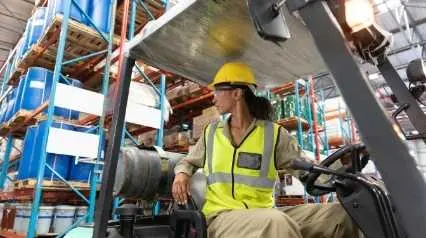What is the Future of the Oil Industry?
In order to promote a more sustainable way of living in the future, energy producers are set to operate with a mix of renewable and nonrenewable energy sources in the next few years. With this, the Oil and Gas (O&G) industry is gearing up to redefine its processes and regroup to find a balance between living a more sustainable life while improving the quality of life.
Oil and Gas Through the Years
The modern O&G industry’s roots can be traced back to 1847 when James Young, a Scottish chemist, first observed natural petroleum seeping into Riddings coal mine in Derbyshire, England, with the seepage distilling into a form of oil that is used for lamps and another for lubrication. The event inspired him to establish a small oil company with a friend, experimenting with different ways to extract and refine oil until he came up with a method of distilling cannel coal with low heat to create different forms of oils for different purposes.
In 1850, Young patented the production of his oils and created E.W. Binney & Co, which is known now as the world’s very first commercial enterprise of oil, focusing on manufacturing lubricating oils and naphtha. Later, in 1852, Young went on to file a US patent for his distilled coal paraffin oil.
Inspired by Young’s success, many businessmen and scientists began to dabble in oil extraction and refinery, thus creating the O&G industry we know today. Rock and coal wells and mines were created, first starting in Europe and the US. Later, in the mid-20th century, more businessmen and investors in different countries began putting up their own refineries and extracting businesses, making the O&G industry an international affair.
Today, the O&G industry makes up a large portion of the overall global economy. The drilling sector specifically generated around $2.1 trillion in revenue in 2021, and in 2020, the US, Saudi Arabia, and Russia were producing 40 million barrels of oil daily, accounting for 43% of the world’s total oil production. Emerging economies such as China, India, and Brazil are also furthering the need and progress of the O&G industry, making the O&G industry become one of the most important and crucial sectors that support multiple industries in the world.
Current Status
As an important sector that impacts the whole world, the O&G industry has become succeptible to international issues. One such world event that greatly affects O&G is wars.
The Arab and Isareli war in 1973 led to the Arab oil embargo wherein Arab oil producers terminated their exports to other countries, including the US. This form of sanction was carried out as a protest against the US and other countries that supported Israeli troops. This became the first oil crisis of the modern O&G industry.
Health crises also have a major effect on the O&G industry. The COVID-19 pandemic is a major world event that has affected the future of oil and gas. Demand fell with each variant and different quarantine restrictions that swept across the world, affecting both merchants and consumers. With a war following a pandemic, with events that lead to the rise of oil prices, oil has appeared to have a cycle of “booms and busts” prompted by major world events.
Possible Future of Oil and Gas

The Future of Oil & Gas
A report shows that in 2050, the global energy demand is set to increase by 47% with both population and economic growth being the main driving forces behind it. Alongside this growth is a steady increase in demand for fossil fuels and natural gas as sources of energy.
However, as these sources are nonrenewable, the day may come that they run out, especially because many countries and industries are reliant on them. Because of this, the future of oil and gas is looking to become involved in the mix of renewable and nonrenewable energy sources.
The gradual shift to renewable energy became a worldwide affair when in 2016, countries came together to sign the Paris Agreement, which is an international treaty founded on working together to reduce or cap the effects of global warming to 1.5 degrees Celsius compared to pre-industrial levels. The end goal of this agreement is to bring zero-carbon or decarbonizing solutions as a competitive sector and represent 70% of all total emissions worldwide.
In line with this, the US Energy Information Administration (USEIA) projects that renewables will eventually make up 90% of electric energy generated from 2020 to 2050 in developing countries. According to the USEIA, worldwide shares in natural gas will likely drop slightly over this period and coal-fired generation will decline through 2030, but will still be around to help support other energy sources. On the other hand, however, the International Energy Agency (IEA) in Paris says that the efforts being done to decarbonize and live more sustainably are not enough.
Moving Towards a Sustainable Future
Before the COVID-19 pandemic hit, different countries and companies had already begun investing and transitioning to renewable energy. Some are operating on mostly renewable energy sources, while others have pledged to invest in their local communities and companies to help them achieve greener and more sustainable ways of power, oil, and gas generation.
On the consumer level, people have also begun making and demanding the changes themselves. The demand for renewable energy sources or renewable energy-powered items is steadily increasing through time, and as they grow cheaper, they also become more accessible.
Following the COVID-19 pandemic, investors, scientists, and businessmen have begun looking at the O&G industry in a different light. The extreme highs and lows of the O&G industry due to the pandemic have prompted companies to rethink their business models to better equip themselves for any possible crises. A study by Deloitte shows that this has led to new pricing schemes, more disciplined capital management, better excavation and refining methods, and standardized reporting procedures for more holistic Environmental, Social, and Governance (ESG) regulations.
Create Your Own Sustainable Audit Checklist
Eliminate manual tasks and streamline your operations.
Get started for FREE
Along with these changes, O&G companies have also set their sights on committing more wholeheartedly to the fight against climate change. The business models being developed now have put ESG, sustainability, and climate change at the forefront of their operations, with O&G executives dedicated to decarbonizing all products and processes gradually.
Some O&G companies that are decarbonizing and net-zero emission-centric have turned to solar energy, wind energy, and hydroelectric energy. Not only do companies use these renewable energy sources for oil and gas production, but they can also use them in managing their buildings and other aspects of their jobs. In the transport sector, regular oil and gas are slowly being switched out for more efficient sources or used alongside them, helping reduce carbon emissions.
SafetyCulture (formerly iAuditor) for the Sustainable Future of Oil
SafetyCulture is an application that can help you in the sustainable daily use of energy, which can contribute in the long run to a more sustainable future that involves multiple sources of energy, including oil and gas. SafetyCulture is a digital checklist app that focuses on inspection and empowering workers to report and immediately address issues involving energy use as well as quality, safety, and security concerns.
With the SafetyCulture app, you can create checklists, use your existing Word, Excel, and PDF checklists, or use a premade one from the Public Library. You can use this for fieldwork and refer to them as official documents later on, as you can store your checklists in the cloud and access them anywhere. SafetyCulture’s inspection reports can also be exported as Word and PDF files, allowing you access to physical copies should you need them.
SafetyCulture also allows you to:
- Report problems as Issues, assign Actions, and provide Heads Up to multiple people in your organization
- Connect sensors to the app to track the movement of your equipment and employees when they’re on the field
- Generate analytical graphs and reports based on your accomplished inspections


